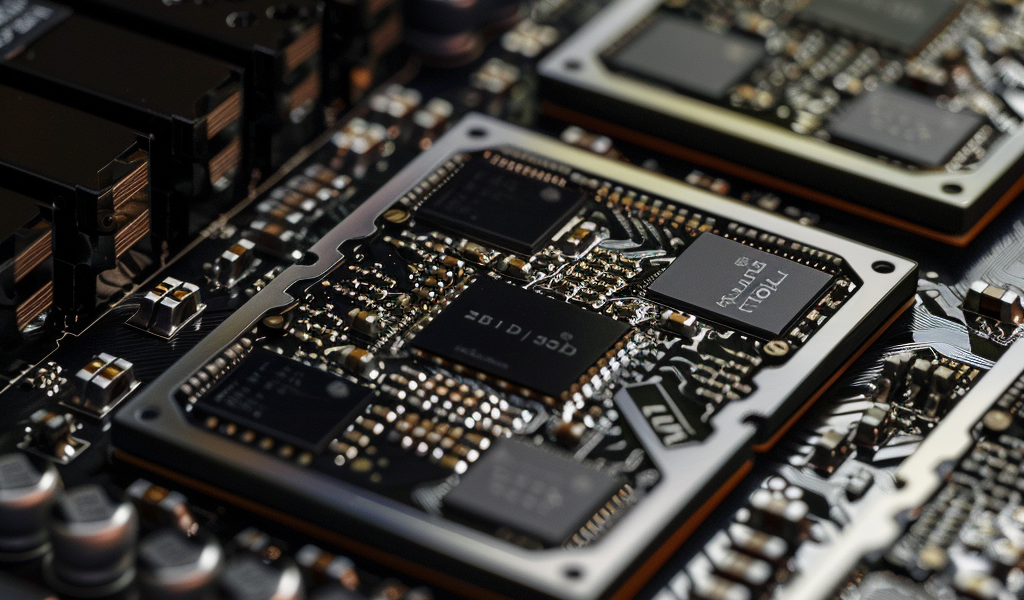When it comes to the future of GPU designs, the concept of ghiplets is generating a buzz in the semiconductor industry. Chetan Arvind Patil, a semiconductor professional, has proposed the idea of implementing GPUs in a chiplet arrangement and coining the term ‘ghiplets’ for this approach.
Patil highlights the advantages of utilizing GPUs in chiplet architectures compared to traditional monolithic GPU designs, which are currently facing challenges related to lower yield rates for large and complex GPU devices. In essence, the ghiplet approach involves rendering being handled by chiplets rather than a single large GPU.
An example of this concept in action is AMD’s Radeon RX 7000 series, one of the pioneering chiplet-based GPUs. This series incorporates a large graphics die and multiple memory dies, marking a significant step in embracing chiplet architectures within the GPU domain.
One of the key benefits of the ghiplet approach lies in its potential to enhance power efficiency and AI inference in autonomous systems. By distributing memory dies around the main GPU die, ghiplets can contribute to achieving a more balanced compute-memory configuration, particularly advantageous for high-compute applications such as artificial intelligence (AI).
Furthermore, chiplets offer improved data handling efficiency through advanced interconnect implementation, catering to the requirements of high-performance computing (HPC) applications in AI, data analytics, and scientific research.
While the migration of GPUs to chiplet architectures has been relatively slow, the potential advantages are apparent. Nvidia, a leading player in the GPU market, has emphasized its commitment to monolithic GPU designs with its recent Blackwell graphics device. However, as GPUs expand beyond traditional graphics and gaming functions, the flexibility and scalability offered by chiplet architectures are becoming increasingly compelling.
Notably, Intel has entered the ghiplet arena with its Max Series GPUs, introducing a significant leap in transistor count and memory capacity. The Max Series GPUs, codenamed Ponte Vecchio, boast over 100 billion transistors packaged in 47 chiplets, delivering up to 128 GB of memory. Intel’s adoption of chiplet technologies, including EMIB 2.5D and Foveros 3D packaging, underscores the industry’s growing interest in the potential of ghiplets.





